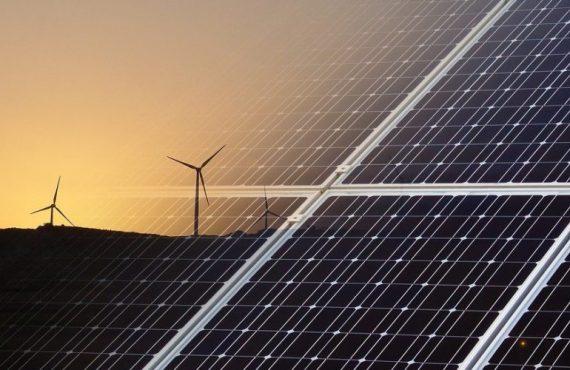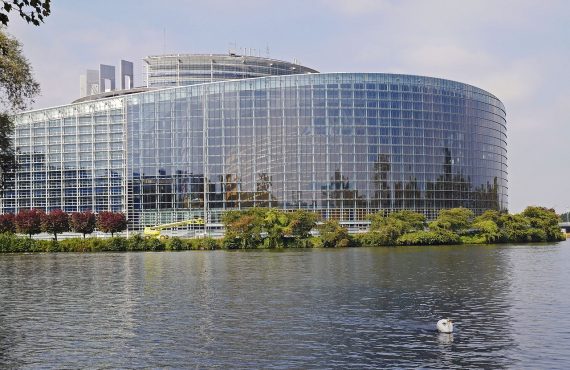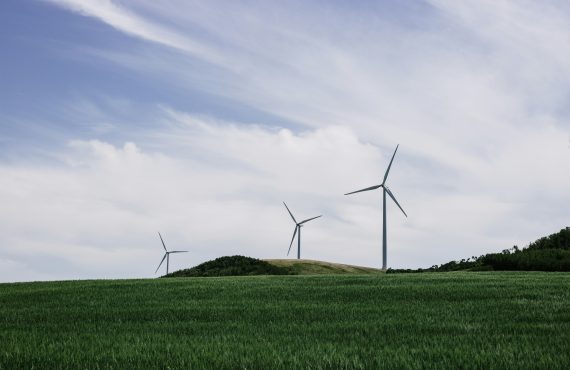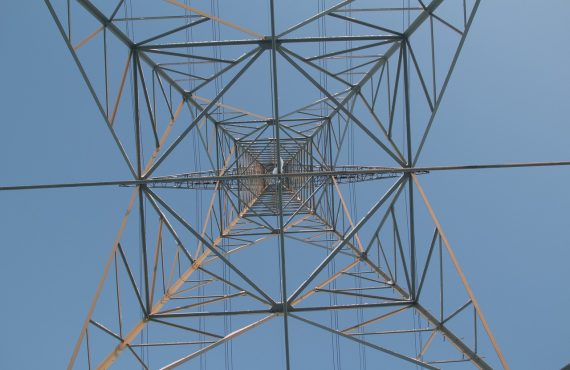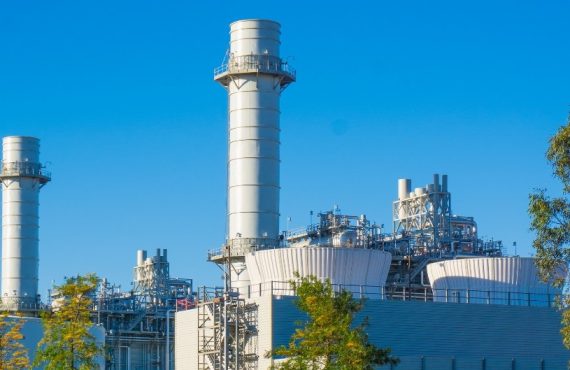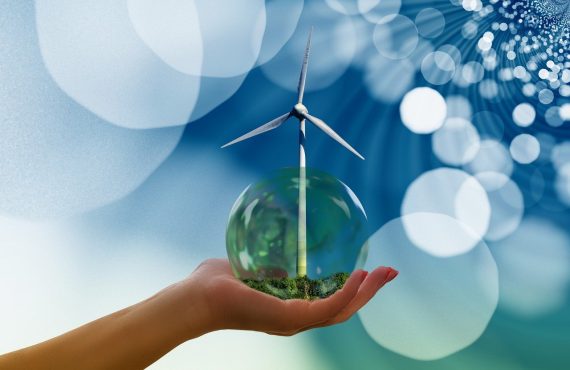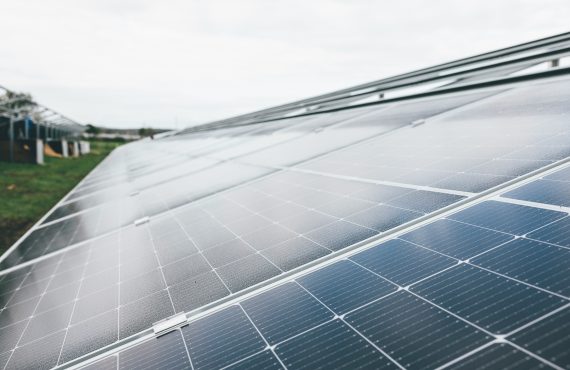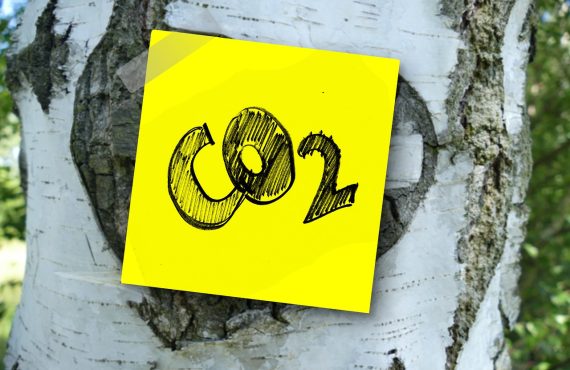In force: European obligation to reduce fossil gas consumption during the period August 2022-March 2023 by 15% compared to the average of the same period of the previous five years or 2021, if the consumption had increased by more than 8% that year, a derogation for which Greece is eligible.
More specifically, according to the latest available data from the National Natural Gas System Operator DESFA (until December 2022):
The month of December
In December 2022, the 5th month of the eight-month period where the country has to reduce gas use in line with its European obligations, the total domestic consumption was 5.05 TWh, the second lowest after 2019 for the month of December in the last 6 years. The overall decrease of almost 1.5 TWh in December compared to the same month in 2021 resulted -almost equally- from the drops in power generation (-0.73 TWh) and distribution networks (-0.71 TWh) and much less from the reduction in industrial consumption (-0.06 TWh).
Cumulative performance and the European target of -15%
Due to the ongoing decrease in consumption in December, in the first five months of the eight-month reduction period set by the EU-27, Greece’s total consumption of 20.4 TWh “caught” and exceeded the reduction target of -15% not only compared to the corresponding period last year but also compared to the five-year average (21.2 TWh).
More specifically, the cumulative consumption for the five-month period between August and December 2022 was 4.55 TWh lower than the average for the same five-year period and resulted mainly from the drastic reduction of gas use in industry (-2.2 TWh) and power generation (-1.6 TWh) during the same period.
In terms of percentage changes, the country in the five months August-December 2022 reduced its total gas consumption by 30.8% compared to the same period in 2021, far exceeding the reduction target corresponding to the derogation Greece obtained in the relevant EU decision. For the third consecutive month since the start of the reduction period in August, Greece is on track to reach the -15% target, with a cumulative percentage reduction of 18.2% compared to the average of the corresponding five months of the five-year period 2017-2021.
In addition, all end uses show significant reductions compared to the same period in 2021. Industry leads the way (-59.7%), followed by distribution networks (-31.9%) and power generation (-27.6%). The trends in end-uses are similar compared to the five-year average as well, with industry, distribution networks and power generation showing decreases of 71.1%, 18.2% and 8.9%, respectively.
Consumption in 2022
Cumulatively for the whole of 2022, the overall consumption of fossil gas was 56.5 TWh, 13.4 TWh lower than in 2021 (-19.2%), effectively returning to 2019 levels (55.4 TWh). December was among the ten months in 2022, and the ninth consecutive month where a decrease was observed compared to the same month in 2021 (January, April-December).
In terms of the distribution of gas consumption among end-uses in 2022, the share of power generation was significantly increased to 73.5%. Distribution networks were in second place with 21.5% and, lastly, industry &CNG with a share of less than 5%. This is a significant redistribution compared to 2021 where the shares of power generation, distribution networks and industry&CNG were 68.7%, 18.8% and 12.6%, respectively. This reallocation was mainly due to a very large reduction in fossil gas use by industry combined with an overall reduction in consumption, thus boosting the share of power generation.
Imports in 2022
In terms of fossil gas flows from the country’s four entry points, in December 2022, LNG arriving at Agia Triada was 35% more compared to December 2021 and was by far the main source of gas for the country with 3.9 TWh and a 72% share of total fossil gas flows imported in December. In contrast, Russian gas imports from Sidirokastro covering domestic consumption were down by more than 2/3 (-67.3%)[1]. They amounted to just 0.73 TWh, but increased compared to the previous three months when they were practically zero. Imports from TAP via Nea Mesimbria (-52.7%) decreased significantly, contributing only 0.59 TWh, while imports from Turkey via Kipoi (0.22 TWh) decreased by 8.9%.
Cumulatively for the whole of 2022, Russian gas imports covering domestic consumption decreased by 68.3% compared to the same period in 2021. Thus, with 8.85 TWh and a share of 14.3% among the four entry gates, Russian gas used for domestic consumption fell to third place from the first place in which it stood in 2021 with a share of 39.7%. In contrast, LNG imports through the Agia Triada gate moved into first place reaching 38.08 TWh, an increase of 54% compared to 2021, thus gaining a 61.5% share. Azerbaijani gas imports via TAP decreased by 7.5% to 12.6 TWh (20.3% share), moving to second place for 2022. Finally, there was a large (-39.7%) decrease in cumulative gas imports from the quantitatively smallest gas source, Kipoi, which amounted to just 2.43 TWh (3.9% share).
Comparison with the European Union
Based on the latest available Eurostat data on monthly gas consumption in the EU-27 Member States from January to November 2022[2], Greece reduced its consumption by 18. 7% compared to the same period in 2021 and moved up two places in the relevant ranking compared to the previous month, to reach the 11th position, 6 places higher than the EU-27 average (-12.8%). There was also an improvement compared to the 5-year average where Greece in November showed for the first time in 2022 a decrease in consumption (-3.2%). However, this performance is still one of the worst in the EU-27 (5th from the bottom behind Slovakia, Malta, Spain and Ireland).
For the first ten months of 2022, Greece is significantly less dependent on Russian gas compared to the EU average. Each month of 2022 Greece managed to reduce the imports of Russian gas used to cover domestic consumption compared to the same month in 2021, much more than the European average. Thus, cumulatively until October, Greece reduced Russian gas imports by 65.6% compared to the same period in 2021, while the corresponding EU-27 average was 24.2%.
You can read the analyses of other months here.
[1] Overall imports from Russia were higher, but a large part of these were mainly exported to Bulgaria, resulting in only 0.727 TWh of Russian gas being used to meet demand in Greece in December.
[2] Some of the Eurostat data, especially for the last few months, are provisional and will be finalized in the coming months.






